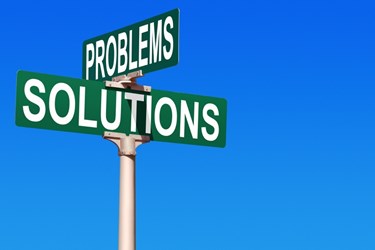The Potential And The Limitations Of Drone Use In Disaster Recovery

By Christine Kern, contributing writer

A study details how drones can help first responders and improve relief efforts following a disaster, while also highlighting the regulatory roadblocks that hamper their use in emergencies. The report, “Drones for Disaster Response and Relief Operations,” conducted by Measure, a 32 Advisors Company, in coordination with the American Red Cross, recommends potential uses for drones in disaster recovery in order to save lives and help communities recover more quickly after an emergency.
According to the report, drones have the potential to improve disaster response and relief operations by naturally complementing traditional manned relief operations and making them safer, faster, and more efficient. Among the uses for drones are providing situational awareness, locating survivors amidst rubble, performing structural analysis of damaged infrastructures, delivering necessary supplies and equipment, evacuation of casualties, and extinguishing fires.
“Drones provide significant benefits to first responders, enabling them to expedite disaster relief efforts,” Justin P. Oberman, president of Measure, told inhomelandsecurity. “We have a unique opportunity for companies and governments to save lives and rebuild communities by using drone technology. Drones can be effective and efficient tools for humanitarian purposes; we need the right blueprint in place to help realize the potential of drones as a tool for good.”
Drones can also serve in advance of emergency situations to perform risk assessment, mapping, and planning activities. The report highlights the role that drones can play in performing the “3-D” missions, described as dirty, dull, and dangerous, able to survey areas too dangerous for humans on the ground or manned aircraft, and can also deliver supplies or provide Wi-Fi or cellular phone services where re-establishing communications is crucial.
Despite the many potential benefits of utilizing unmanned aerial systems (UAS) or drones, in disaster and emergency recovery and relief efforts, current FAA regulatory policy stands in the way of their employment by the private sector.
“The real time acquisition of aerial imagery after a disaster will allow for the rapid deployment of personnel to assess damage and save lives,” said Brandon DeClet, CEO and co-founder of Measure. “This improved response time will lower the long-term costs of recovery and help to rebuild communities faster.”
The report outlines eight policy recommendations to integrate private drones into the emergency response regulatory framework safely and effectively.
- Develop an emergency COA process for private sector and non-profit organizations allowing on-demand operation of drones in disaster recovery efforts with a blanket approval for locations in which they could fly.
- Permit small and microUAS operations in controlled airspace within disaster areas.
- Permit commercial small and microUAS operations over populated areas during times of declared emergencies.
- Accelerate the implementation of the new unmanned aircraft operator certificate requirement as part of the existing Section 333 exemption process.
- Encourage data sharing between governmental, private, and commercial drone operator sectors in order to maximize response effectiveness.
- Encourage the development and implementation of a Privacy Best Practices document for drone operations and verify that drone operators observe all applicable privacy laws.
- Establish a defined process for scaling up FAA staff resources to process requests to fly in the event of a disaster to make the approval process more efficient.
- Constantly adapt FAA drone regulations to meet evolving airspace integration and deployment models.
